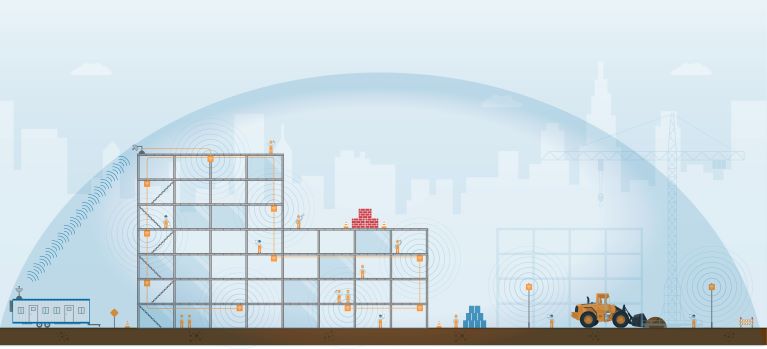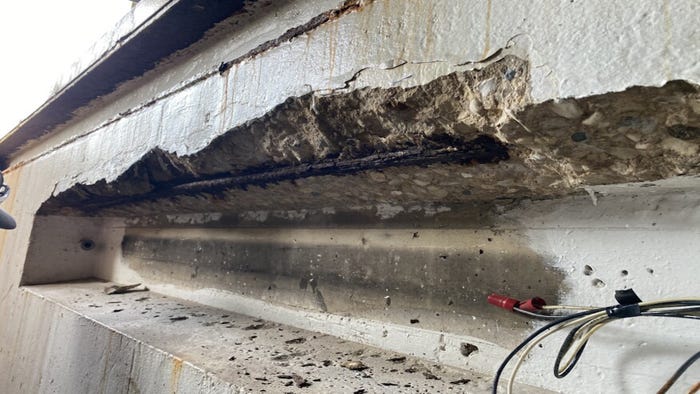Build Your Job Site Internet Solution
A contractor’s ability to share data quickly with owners and other stakeholders from the job site may be the key to getting the job. Learn about four considerations when connecting from even the most remote sites to the web.
4 Min Read

About the Author(s)
Subscribe to get the latest information on products, technologies and management.
Join our growing community and stay informed with our free newsletters.
You May Also Like




